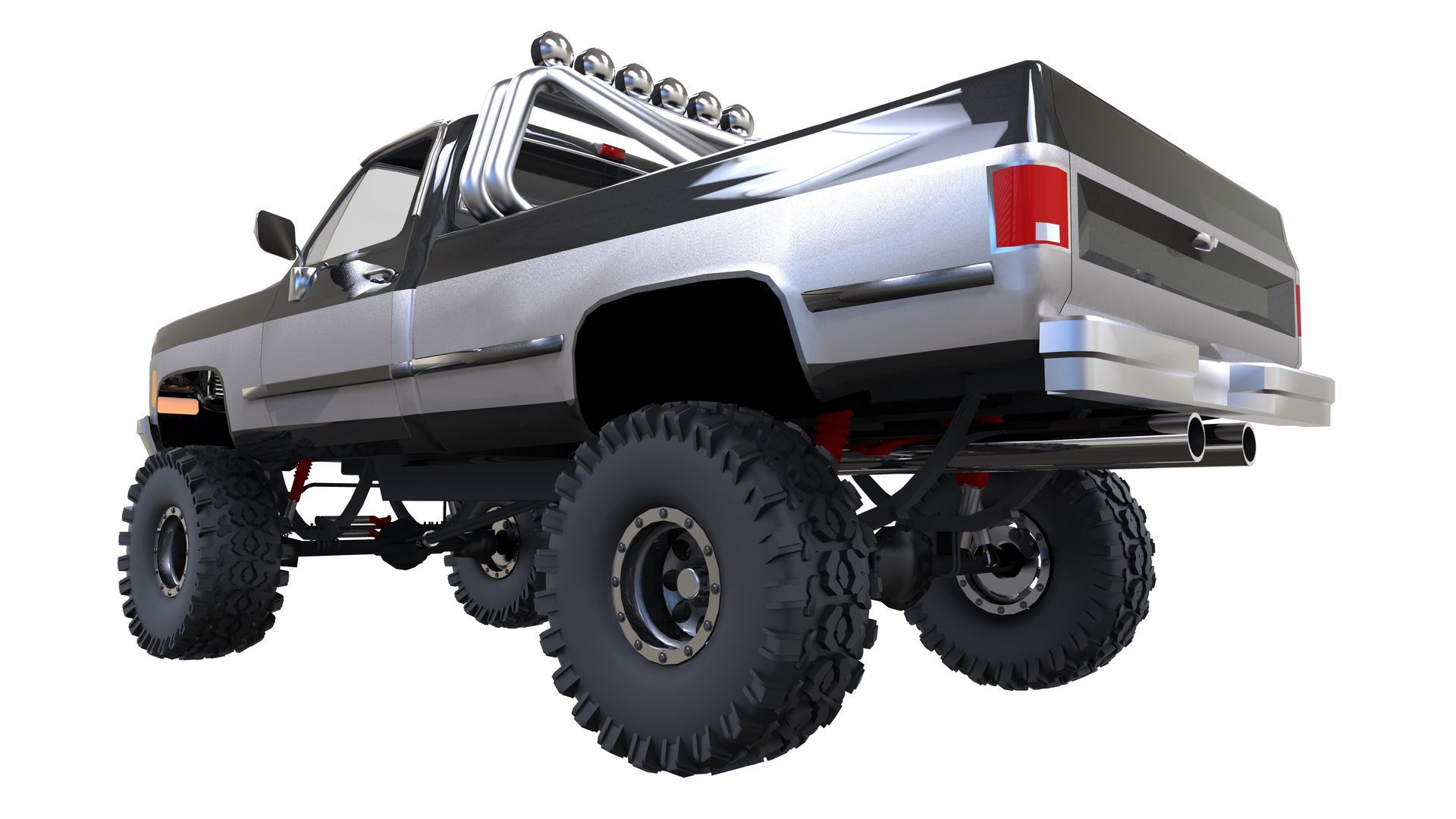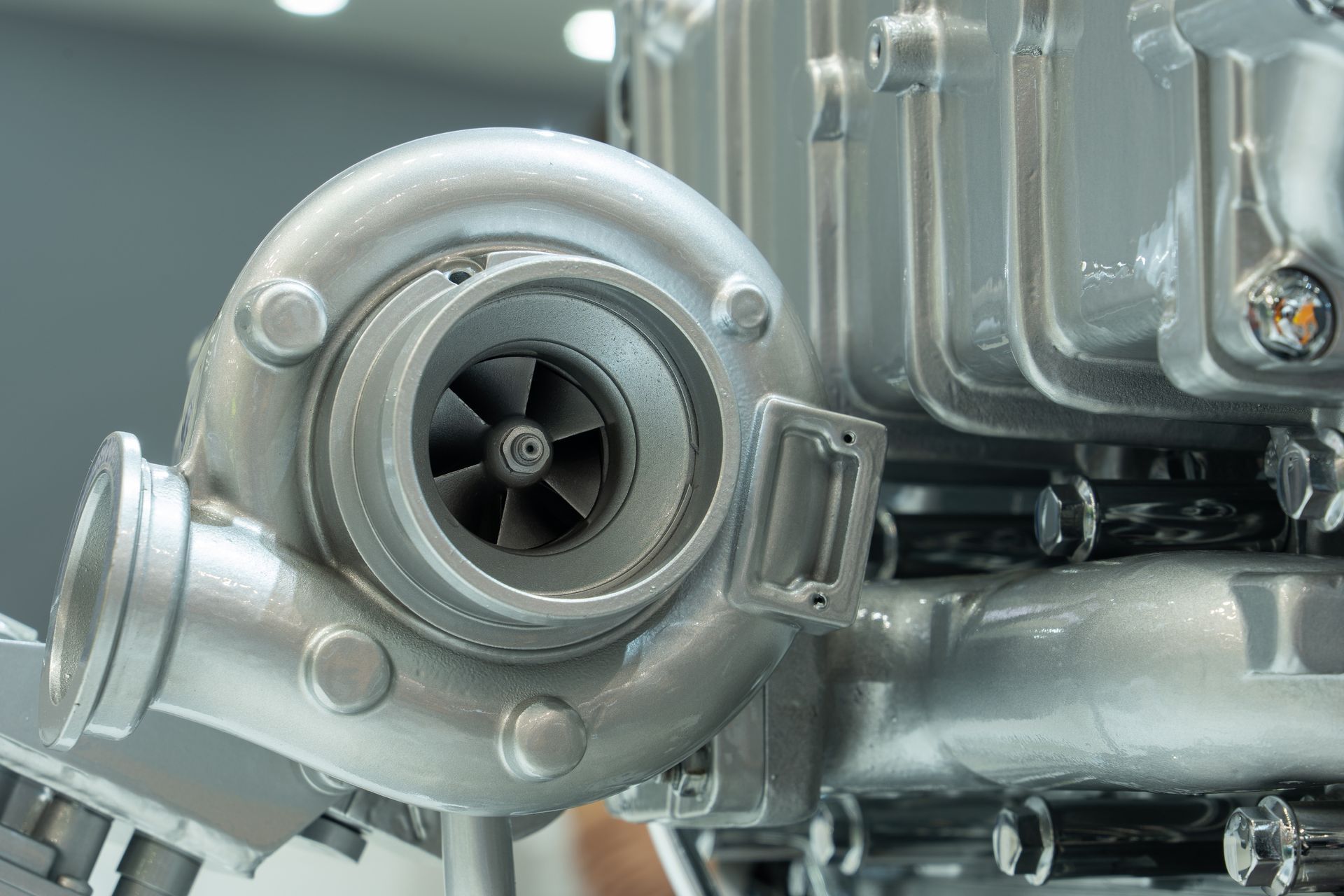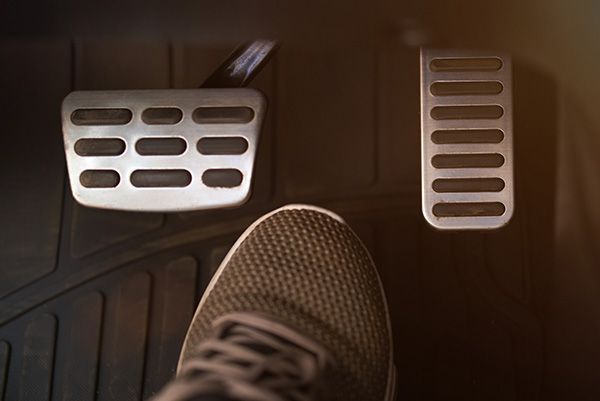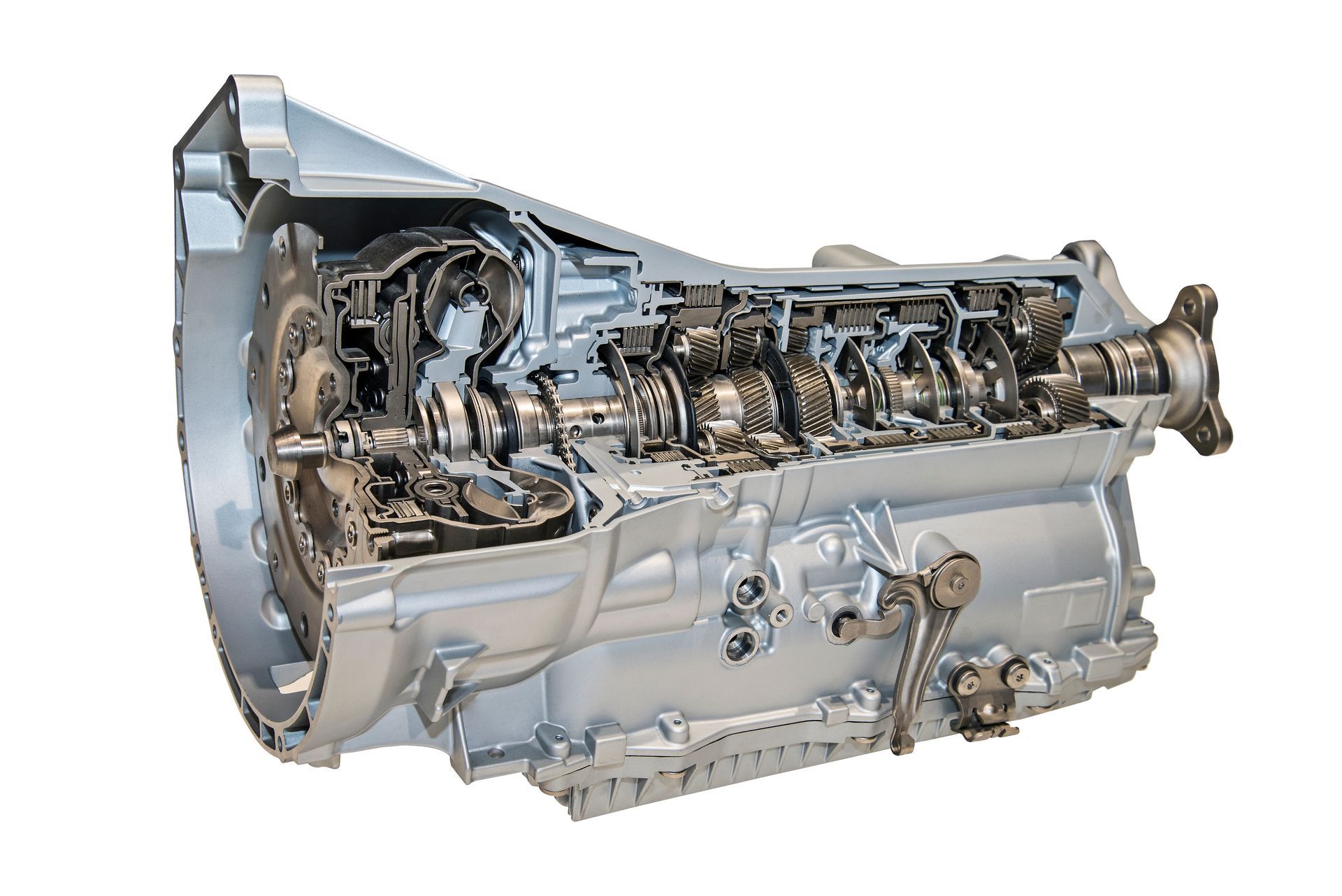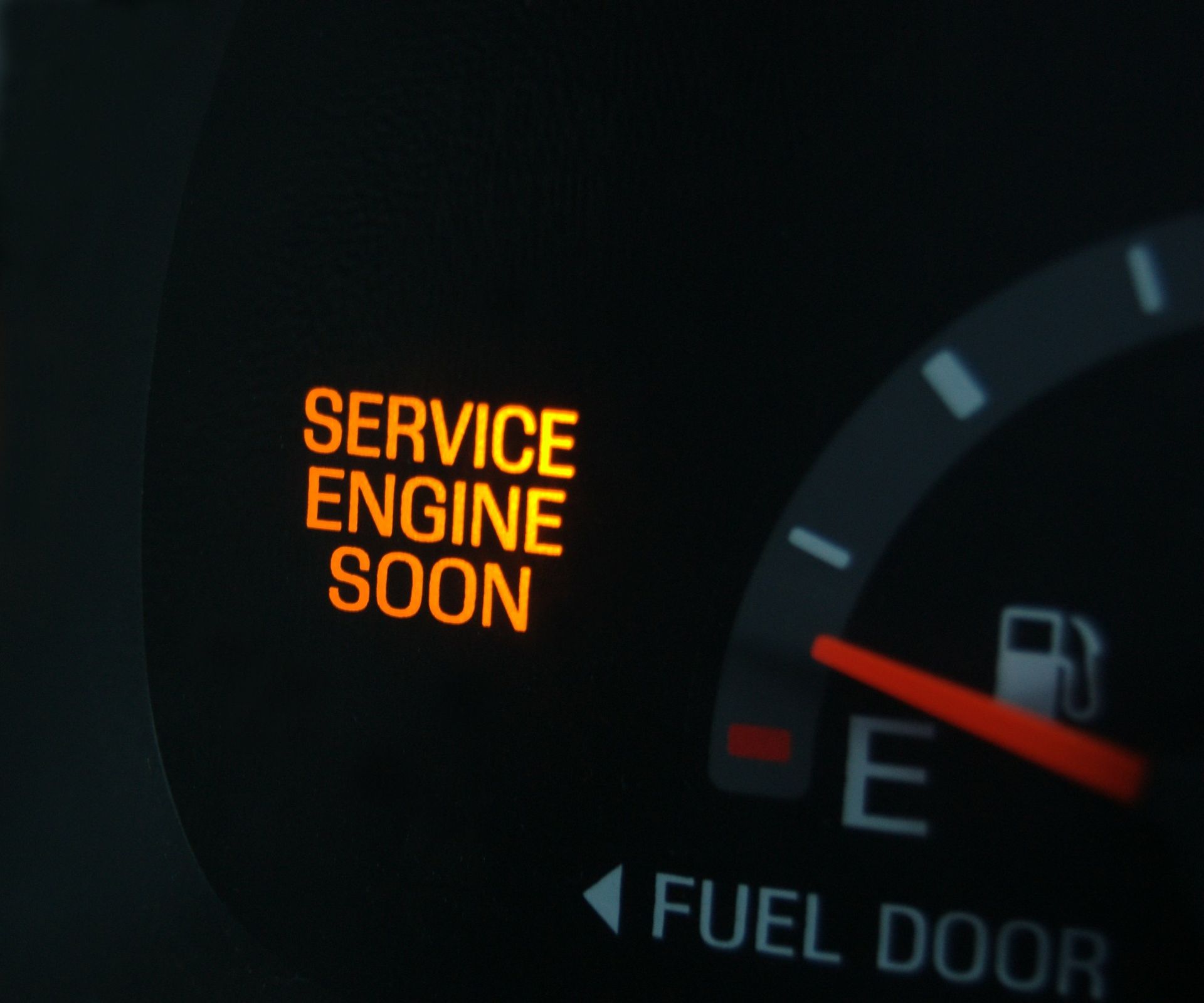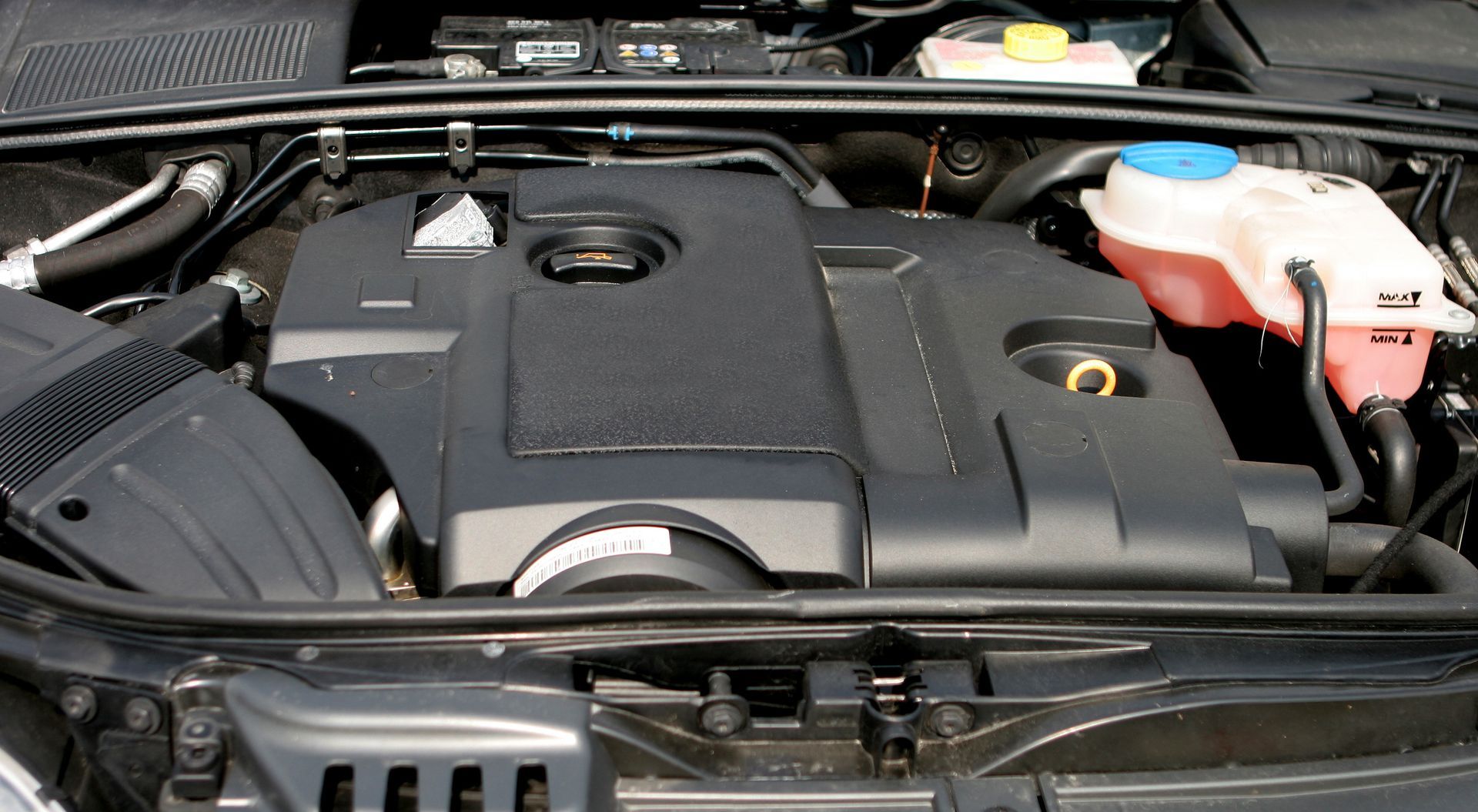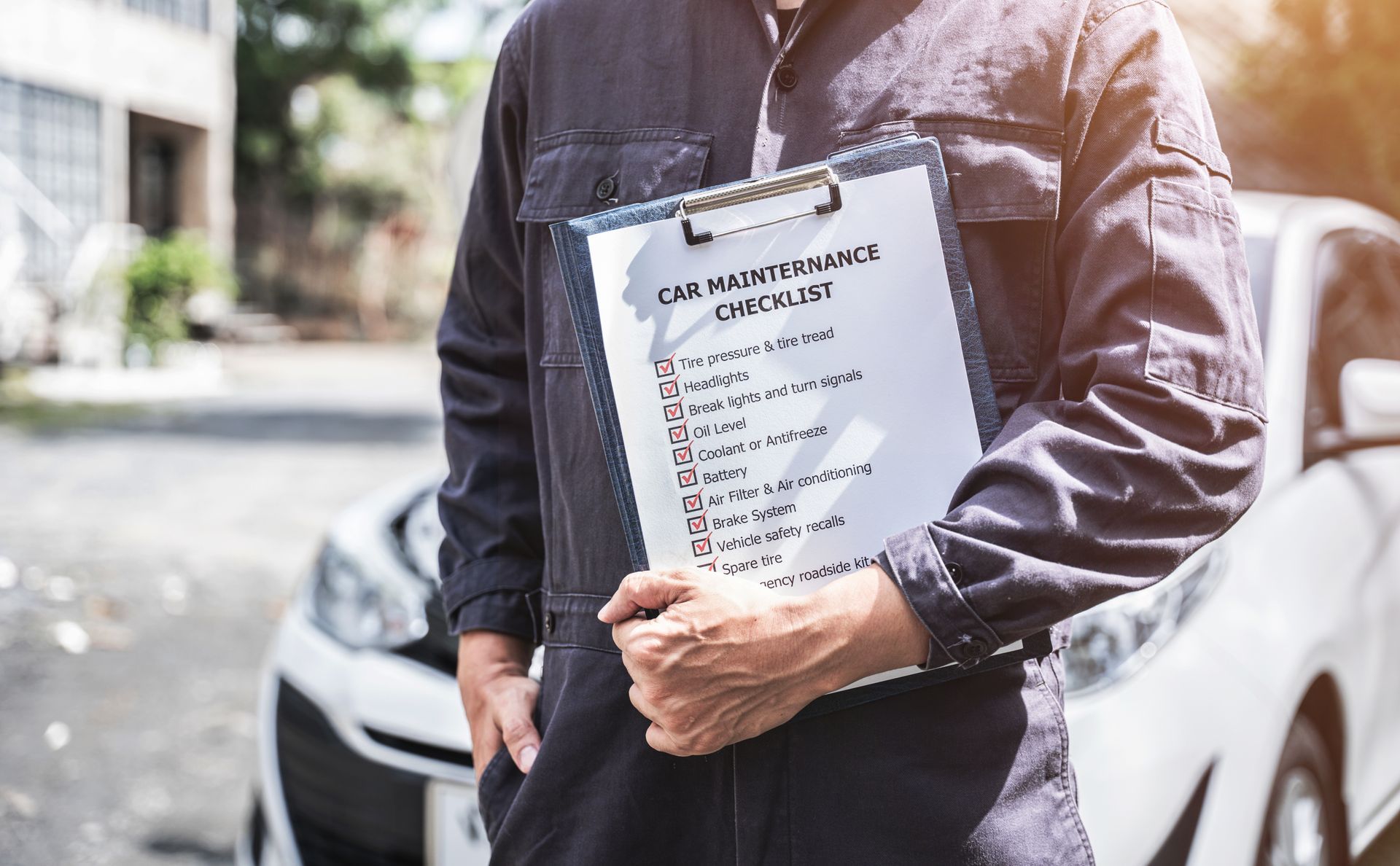Wheel alignment might not seem like a big deal, but it plays a major role in how your vehicle drives and how long your tires last. When your wheels are out of alignment, the tires are not pointing in the exact direction they should be. This misalignment creates uneven wear patterns, reduces handling precision, and can shorten the lifespan of your tires significantly.
To protect your tire investment and keep your vehicle driving smoothly, itis essential to understand how alignment works and its importance.
What Is Wheel Alignment
Wheel alignment refers to the precise adjustment of your vehicle’s suspension angles so that the tires meet the road correctly. These adjustments include camber (tilt of the wheel), toe (direction the wheels point), and caster (angle of the steering pivot).
When alignment is correct, the tires roll straight and true. When it is off, the tires can scrub, drag, or tilt in ways that wear the tread unevenly.
How Alignment Problems Develop
Several factors can knock your wheels out of alignment. Hitting potholes, curbs, or debris on the road is a common cause. Even normal driving over time can gradually shift alignment settings, especially if suspension components wear down.
Lowered or lifted vehicles are also more prone to alignment issues because the suspension geometry changes from the factory design.
How Bad Alignment Damages Tires
When your alignment is off, the tire tread wears unevenly. You might notice one side of the tire wearing faster than the other, a “feathered” edge where the tread feels rough, or even bald spots in localized areas.
Uneven wear not only shortens tire life but can also cause road noise, vibrations, and reduced traction, especially in wet conditions. If left unchecked, it may require replacing tires long before their normal lifespan.
Warning Signs of Poor Alignment
Bad alignment often develops gradually, but there are clear symptoms to watch for:
- The vehicle pulls to one side when driving straight
- Uneven or rapid tire wear
- Steering wheel is off-center when driving straight
- Excessive steering wheel vibration
If you notice any of these signs, it is a good idea to have your alignment checked before more damage occurs.
The Benefits of Proper Alignment
Proper wheel alignment not only extends tire life but also improves fuel efficiency and handling. When your tires roll smoothly, there is less resistance, which helps your engine work more efficiently. Steering response is also sharper, making your vehicle safer and more predictable in emergency situations.
Correct alignment also protects other suspension components. Misalignment can place extra stress on steering and suspension parts, causing them to wear out faster.
How Often Should You Check Alignment
Most experts recommend checking your alignment at least once a year, or sooner if you notice symptoms of misalignment. It is also a good idea to have it checked after installing new tires, replacing suspension parts, or hitting a major pothole.
Regular checks are a small investment compared to the cost of replacing tires prematurely.
Wheel Alignment Service at NC Complete Auto Care in Cary, NC
If you want your tires to last and your vehicle to drive at its best, proper wheel alignment is essential. At NC Complete Auto Care in Cary, NC, we use precision equipment to adjust your alignment to factory specifications, protecting your tires and improving your driving experience.
Schedule your alignment check today and keep your vehicle rolling smoothly for miles to come.


